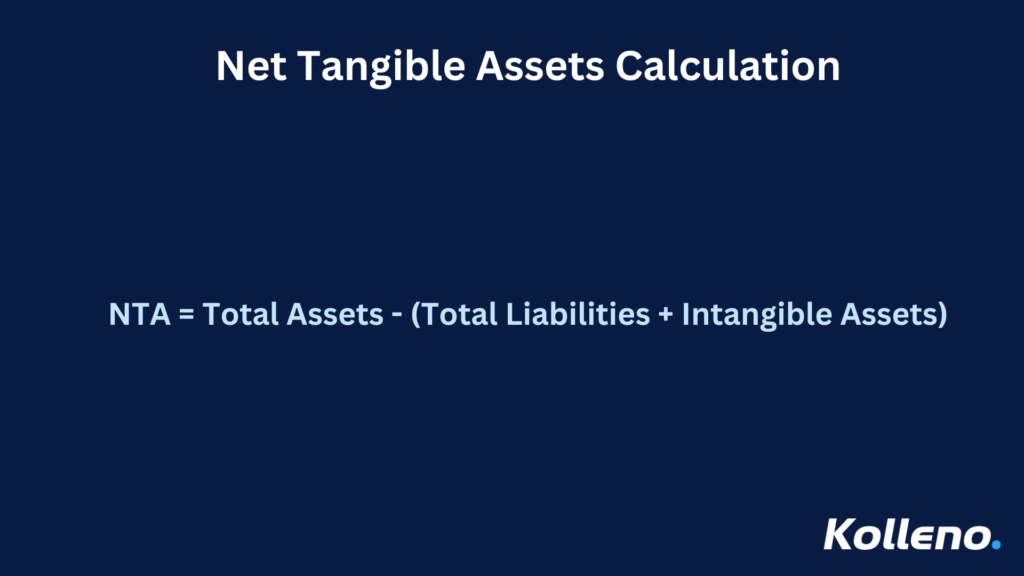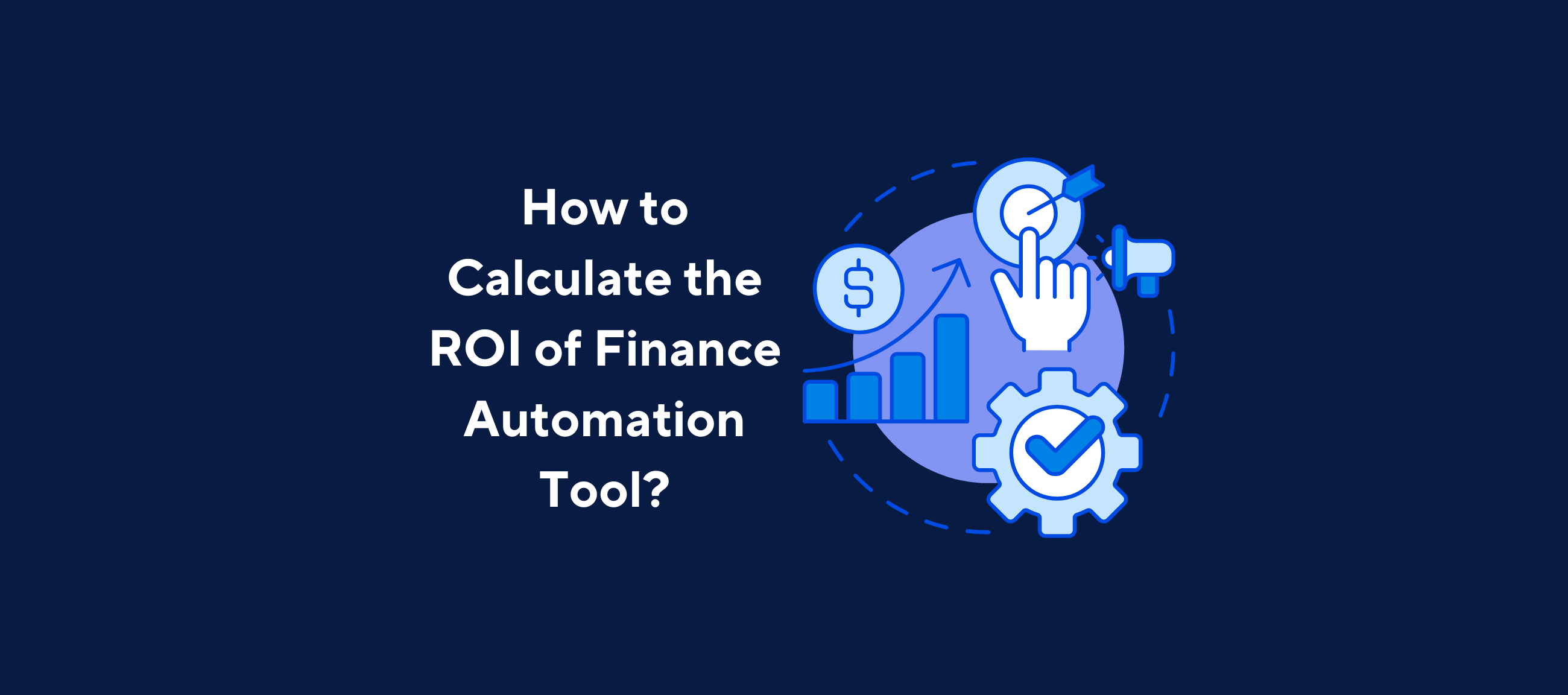Net Tangible Assets (NTA) represent a company’s total physical assets after deducting all liabilities and intangible assets. NTA reflects the tangible value of a company’s resources, providing insight into its stability and overall financial worth. This includes items like buildings, machinery, inventory, and equipment, while excluding things like patents, trademarks, and goodwill. NTA shows what a company would be worth if it sold its physical assets and paid off its debts.
In this guide, we will explore the concept of NTA. We will discuss how to calculate it. We will also look at its applications and importance in different industries. Whether you’re new to the term or looking to deepen your financial expertise, this article will leave no stone unturned.
Table of Contents
- How to Define Net Tangible Assets?
- Key Components of NTA
- How to Calculate Net Tangible Assets
- Importance of Net Tangible Assets
- NTA in Different Industries
- Net Tangible Assets vs. Other Metrics
- Limitations of NTA
- How Investors Use NTA
- Conclusion
- FAQs
1. What Are Net Tangible Assets?
Net Tangible Assets means the total physical assets of a company. This is following the subtraction of all liabilities and intangible assets. NTA shows the real value of a company’s physical resources. It helps us understand the company’s stability and worth.
Tangible assets include items such as:
- Property
- Equipment
- Inventory
- Cash
It excludes intangible assets like:
- Trademarks
- Patents
- Goodwill
By focusing on tangible assets, NTA provides a grounded assessment of a company’s value in real-world terms.
2. Key Components of Net Tangible Assets
To understand NTA better, let’s break it down into its main components:
Tangible Assets
These include physical, measurable items with intrinsic value, such as:
- Land and buildings: Properties owned by the business.
- Machinery and equipment: Tools and infrastructure critical to operations.
- Inventory: Goods held for sale or production.
- Accounts receivable: Money owed to the company.
Intangible Assets
These are excluded from NTA calculations and include:
- Goodwill: The premium paid above the net asset value when acquiring a company.
- Intellectual property: Patents, copyrights, or proprietary technologies.
- Brand equity: The perceived value of a brand.
Liabilities
Liabilities are obligations or debts owed by the company, including:
- Short-term liabilities: Accounts payable, accrued expenses, and short-term loans.
- Long-term liabilities: Bonds, mortgages, or other forms of long-term debt.
3. How to Calculate Net Tangible Assets

The formula for calculating NTA is straightforward:
NTA stands for Net Tangible Assets. You can find it by using this formula:
NTA = Total Assets – (Total Liabilities + Intangible Assets).
In this formula, you subtract the total liabilities and intangible assets from the total assets.
Let’s use an example to understand this better:
Example Calculation of Net Tangible Assets
- Total Assets: $1,000,000
- Intangible Assets: $200,000
- Total Liabilities: $500,000
NTA Calculation:
NTA= 1,000,000−(500,000 + 200,000)=300,000
This means the company’s net tangible assets amount to $300,000.
Adjusting for Market Values
It’s important to note that asset values on the balance sheet may not reflect current market conditions. For a more accurate picture, companies might adjust asset values based on appraisals or market trends.
4. Importance of Net Tangible Assets
NTA plays a critical role in evaluating a company’s financial health and serves as a foundation for informed decision-making. Here’s why NTA matters:
A. Insight into Financial Stability
NTA indicates whether a company has enough physical resources to meet its obligations. Companies with high NTA are generally seen as more financially stable.
B. Basis for Liquidation Value
In case of bankruptcy, NTA provides a realistic estimate of how much value can be recovered by selling off tangible assets.
C. Helps Determine Investment Risks
For investors, NTA offers a clear understanding of a company’s underlying value, enabling them to make risk-averse investment decisions.
5. NTA in Different Industries
NTA is particularly relevant in industries where physical assets dominate operations. Let’s explore its application across sectors:
A. Manufacturing
Factories, machinery, and equipment form the backbone of manufacturing businesses. NTA helps determine the tangible worth of these essential resources.
B. Real Estate
For real estate companies, NTA represents the value of properties owned minus liabilities. It’s a key metric for assessing portfolio strength.
C. Retail
In retail, NTA focuses on inventory and store infrastructure, providing insight into the operational value of the business.
D. Technology
While tech companies often rely heavily on intangible assets (like intellectual property), NTA may still apply to physical assets such as servers, office spaces, and equipment.
6. Net Tangible Assets vs. Other Metrics
NTA is just one of many financial metrics used to assess a company’s value. Here’s how it differs from others:
A. NTA vs. Net Assets
Net assets include both tangible and intangible assets, while NTA focuses exclusively on physical assets.
B. NTA vs. Book Value
Book value represents the company’s equity, including all assets and liabilities. NTA refines this by excluding intangibles, offering a stricter measure of worth.
C. NTA vs. Market Value
Market value reflects the perceived worth of a company based on stock prices, while NTA is grounded in tangible, real-world assets.
7. Limitations of NTA
While NTA is a useful metric, it has its limitations:
A. Ignores Intangible Assets
In industries like technology or pharmaceuticals, intangible assets often dominate, making NTA less representative of overall value.
B. Does Not Account for Market Conditions
Tangible assets are often listed at historical cost, which may not reflect current market values.
C. Focuses on Balance Sheet Over Profitability
NTA provides a snapshot of assets but doesn’t reveal operational efficiency or profitability.
8. How Investors Use Net Tangible Assets
Investors use NTA as part of a broader toolkit to evaluate investment opportunities. Here’s how:
A. Assessing Undervalued Stocks
If a company’s market capitalization is lower than its NTA, it may be undervalued, signaling a potential buying opportunity.
B. Evaluating Risk
Companies with high NTA are often seen as lower risk, particularly in volatile industries.
C. Mergers and Acquisitions
During mergers or acquisitions, NTA helps determine the fair value of tangible resources.
9. Conclusion
Net Tangible Assets (NTA) is a cornerstone metric for evaluating the financial health and stability of a business. By focusing on physical, tangible resources, NTA offers a grounded assessment of a company’s worth, making it particularly valuable for investors, creditors, and industry professionals.
Key Takeaways:
- NTA is a measure of physical asset value.
- It excludes intangible assets like goodwill and patents.
- NTA provides a realistic view of liquidation value and financial stability.
Whether you’re investing in stocks, managing a business, or analyzing financial statements, understanding NTA can empower you to make smarter, more informed decisions.
FAQs
Q1: Can Net Tangible Assets be negative?
Yes, if liabilities and intangible assets exceed tangible assets, NTA will be negative, signaling financial instability.
Q2: How often should companies calculate NTA?
Businesses typically calculate NTA quarterly or annually, aligning with financial reporting periods.
Q3: Is Net Tangible Assets useful for startups?
Not always. Startups often rely on intangible assets like intellectual property, so NTA may not fully represent their value.
Q4: What’s the difference between NTA and tangible book value?
Tangible book value is another term for NTA, emphasizing the focus on tangible assets.
By understanding and applying NTA, you’ll gain a sharper perspective on financial stability, helping you navigate the world of business and investment with confidence.
If you’re looking for tools to better manage assets, liabilities, and cash flow, explore how Kolleno, an AI-powered credit management software that can streamline your processes.
👉 Schedule a demo to see how it works or explore the product tour yourself.
- Table of Contents
- 1. What Are Net Tangible Assets?
- 2. Key Components of Net Tangible Assets
- 3. How to Calculate Net Tangible Assets
- 4. Importance of Net Tangible Assets
- 5. NTA in Different Industries
- 6. Net Tangible Assets vs. Other Metrics
- 7. Limitations of NTA
- 8. How Investors Use Net Tangible Assets
- 9. Conclusion




